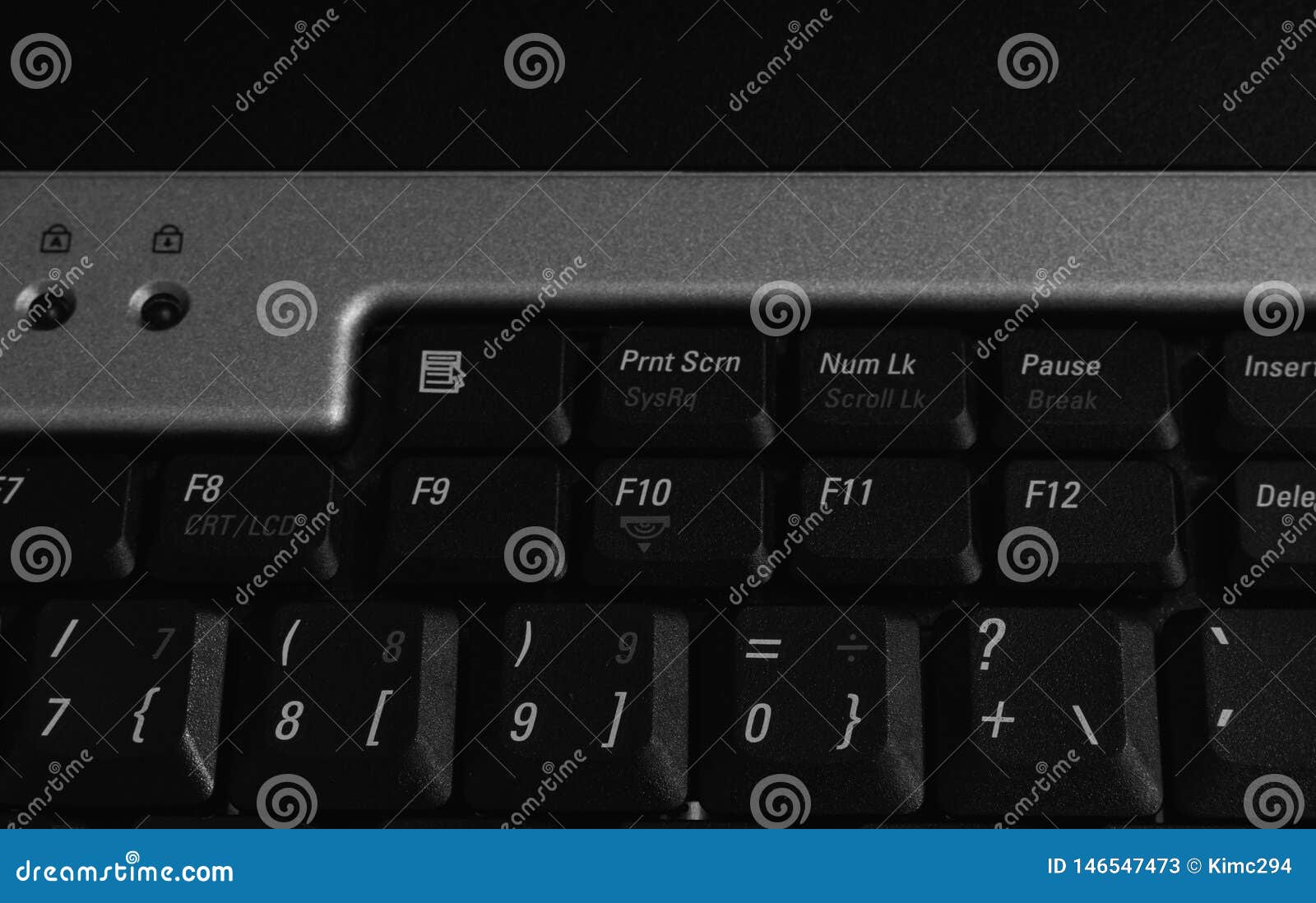

Unfortunately, using screen immediately adds two disadvantages: you lose Contrl-O, which requires an xterm Terminal also, after quitting, you get returned to the directory you originally started from instead of where you were last working in mc. just to get a proper display and your function keys working. All this means you end up with a dozen unnecessary packages getting installed on your system, along with a console version which you'll find yourself starting as: screen /sw/bin/mc. Unfortunately, the Fink copy is barely usable, with the Fink project seemingly more interested in the GUI part of mc - there is a graphical counterpart which is an integral part of the GNOME desktop.
I too have almost given up hope on getting it to work when I noticed that the nice people at the Fink project have it. Those of us who spent a good part of their lives using Norton Commander and its countless clones on various operating systems simply can't feel at home without a tool like it.īack in the Mac OS X 10.2.x days, compiling mc on your own wasn't for the faint of heart. mc is a very efficient console file manager which makes manipulating files and browsing your system a breeze. When I got my Mac and with it my introduction to the wonderful world of Mac OS X, coming from a Linux background, among the first things I tried to install was the GNU Midnight Commander, mc.


 0 kommentar(er)
0 kommentar(er)
